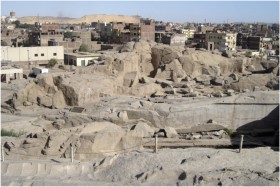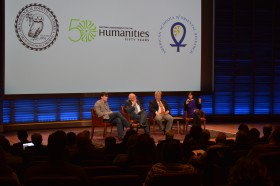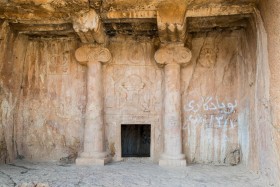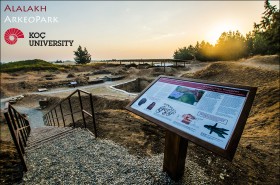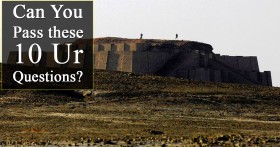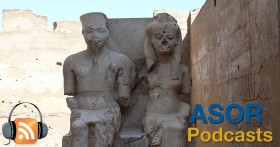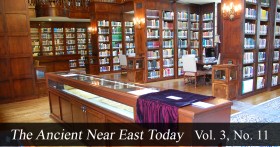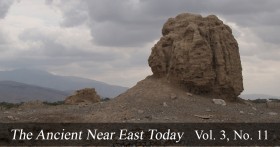Twitter Recap: #ASOR15 ASOR Annual Meeting Tweets
[View the story “#ASOR15 Twitter Recap” on Storify] ~~~ All content provided on this blog is for informational purposes only. The American Schools of Oriental Research (ASOR) makes no representations as to the accuracy or completeness of any information on this blog or found by following any link on this blog. ASOR will not be […]
Crime and Punishment in Pharaonic Egypt
In ancient Egypt crimes are acts are against other persons or the state. Punishments are official, not private sanctions against persons who committed crimes. The term for “crime” is bt3. A capital crime is bt3 ‘3 (n mwt), “great crime” (worthy of death) […]
Twitter Recap: Protecting Our Shared Heritage in Syria— International Summit to Promote Collaboration
On Friday, December 11 there was a free and open to the public symposium at the National Geographic Society Grosvenor Auditorium in Washington, DC. The symposium […]
Preserving the Past: the Mapping Mesopotamian Monuments Project
Iraq became accessible once again for archaeologists, and documentation with a possibility for future conservation could begin. It was with this in mind that the idea of the project Mapping Mesopotamian Monuments […]
Israel’s Marine Archaeology Treasures – An Endangered Cultural Resource
Legal mechanisms must be used to control coastal development, assure integrated coastal zone management, establish sustainable development and protect the marine cultural resources. National and regional master […]
2015 ASOR Annual Meeting Presentations [VIDEO]
At theASOR Annual Meeting, several of our members graciously volunteered to have their presentations recorded for ASORtv. Some presenters met with our Digital Media Specialist to read their papers, and some volunteers were recorded in session […]
Resources on the Cultural Crisis in the Near East
The scale of the human crisis in Syria has expanded and now involves Europe. Damage to archaeological and heritage sites also continues at an alarming rate. We present here a series of new and important links discussing the ongoing cultural disaster […]
(Very) Long Distant Trade – Egyptian, Mesopotamia and Denmark in the Late Bronze Age
Archaeologists frequently talk about ‘long distance trade.’ But sometimes those distances are very long. Denmark can be proposed as the most distant area that received such beads, […]
New Excavations in the Plain of Antioch
The vibrant Bronze Age city of Alalakh on the Plain of Antioch may not have been among the largest cities of the ancient Near East, but its strategic importance and unique character made it a star. Ongoing excavations and research directed by K. Aslıhan […]
Between Ancient Rhodes and Israel: Comparing Literary and Material Cultures
The project to understand the interaction between Rhodes and Israel and more specifically with Bethsaida, began with our assessment of Bethsaida as a Galillean site located between […]
King Tut - What We Do and Don’t Know With Marianne Eaton-Krauss [Podcast]
In this installment of the Friends of ASOR podcast, I met with Egyptologist and author, Marianne Eaton-Krauss, to discuss King Tut and her upcoming book, The Unknown Tutankhamun — available mid-December […]
Introducing the Lanier Theological Library
Gertrude Bell, Cappadocian Fathers, U.S. Supreme Court Justice Antonin Scalia, Nuzi tablets, Dead Sea Scroll fragments, Moshe Goshen-Gottstein, and William Hallo have in common? They have all found a home, of sorts, at the Lanier Theological Library […]
A Call for the Preservation of Heritage Landscapes in the United Arab Emirates
By that time, I had lived in the United Arab Emirates for fourteen years and had forced busloads of Emirati university students to various archaeological sites and abandoned villages – an experience that probably […]
Narrative Literature of Hurrian Origin: Moving Treasures from the Ancient Near East
The ancient definition Hittite scribes employed to classify literary compositions of Hurrian origin was the Sumerian logogram ŠÌR “song”. It is not clear whether they actually were sung, but […]

